The 19th Century was defined by strong global trends of nationalism and colonialism as well as wars concerning territory and trade. And the United States certainly provided no exception to this rule. A relatively new country, North America was built upon Native American soil and expanded its territory throughout the century whilst beginning to build a formidable national identity for itself. Muybridge photographed some of the most important of these events, whilst reflecting the attitudes which perpetuated them.
A clear example of this is Muybridge's documentation of the Modoc war, fought between 1872 and 1873 on the border of Southern Oregon and Northern California. One of the final resistances by Native American Indian people over territory, this was California's most 'spectacular Indian war' (Solnit, 2003, p103).
Indeed, a key component in the spectacle of this war was that Muybridge had taken on the role of official war photographer, a relatively newly defined occupation which enabled him to document key locations, events and topographical views in the last phases of the conflict (Haas, 1976, p50). Some of these views were even ordered to Washington, to demonstrate the situation of combat; others were sold as news photographs in papers such as Harpers Weekly (Haas, p52).
Another example of Muybridge's photography documenting 19th century expansion is his work in Alaska. This land was purchased by the United States from Russia in 1867, with Muybridge's trip following only a year later. This was also a direct army commission, which charged Muybridge to 'gather information about the commercial value and strategic usefulness of the territory' (Haas, p20). However, it also profiled Alaska's landscape and native culture.
Muybridge's most extensive photography outside of the States was undertaken during an eight month journey around Central America in 1875; a trip which occurred shortly after his acquittal for the murder of Harry Larykns, his wife’s lover. During this time Muybridge travelled around Guatemala, Nicaragua and Panama - funded by the Pacific Mail Steamship Company who were keen to 'stimulate South and Central America commerce and to interest capitalists and tourists in visiting the countries of the area' (Haas, p79).
Muybridge recorded hundreds of land and seascapes and architectural works as well as cultural and social events. However, this photography, and the rest of Muybridge's work surrounding non-western landscape and culture also had an important social relevance at the time.
As mentioned above, America in the 19th Century was defined by occupation of Native American Land and bent on expansion. However, this was a tricky process to square with some of the key elements of American national identity, particularly as America was a burgeoning democracy, ostensibly built on civil rights and equal opportunities.
It became necessary to validate behaviour which subordinated non-western people so it seemed morally acceptable (O'Callaghan, 1980, p69). One important way of doing this was to inaugurate racial hierarchies where white, western capitalist life was considered progressive and civilised; and non-western cultures had negative values of uncivilised primitivism attached to them.
Racial hierarchies were produced through many scientific and cultural means, with pseudo-science such as phrenology and Social Darwinism gaining huge audiences at the time (Banton, 2000). Photography, with its factual truth-value was one of the most influential (Sampson, 2002, p2).
Whether photographing traditional landscapes or Native American Indian people in traditional dress, Muybridge's ethnographic studies helped to reinforce this hierarchy. We must not blame him - to the 19th century viewer it was the norm to ascribe non-western cultures a negative value - perhaps even an imperative in that it indirectly helped to produce a positive American national identity in comparison. But it is certain that these photographs would symbolise a quaint timeless idyll composed of simple farming people at best. At worst, they would represent a culture which needed to be civilised by the west, just as western colonialism and occupation of non-western land had done the world over.
Select Bibliography
Banton, Michael The Idea of Race (London, Tavistock, 1977)
Foucault, Michel Society Must be Defended (London, Penguin, 2003)
Haas, Robert Muybridge Man in Motion (Berkeley, University of California Press, 1976)
Sampson, Gary. Imagining Race and Place: Colonialist Photography (London, Routledge, 2002)
Solnit, Rebecca Motion studies: Time, Space and Eadweard Muybridge. (London: Bloomsbury, 2003)
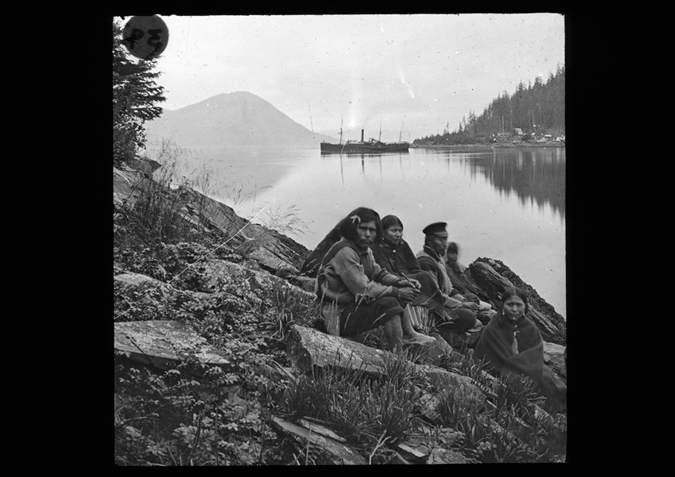
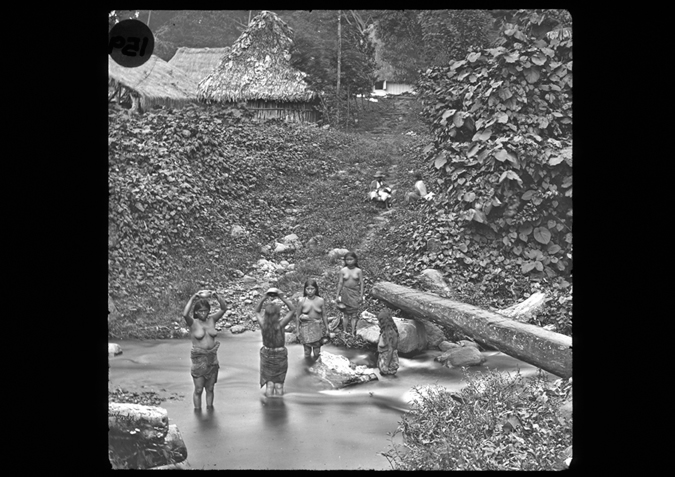
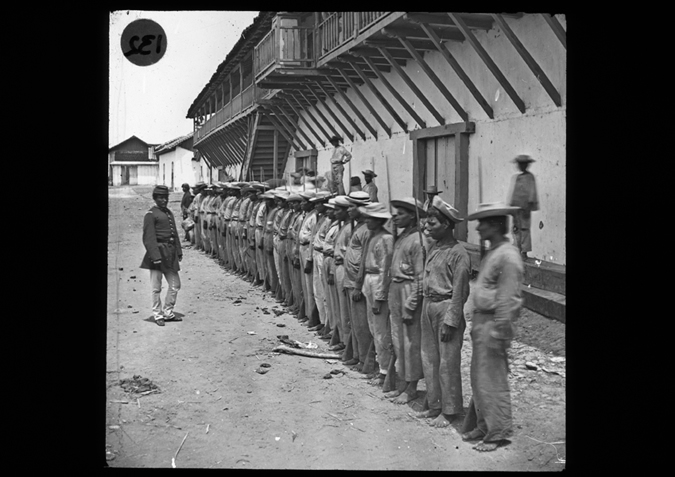
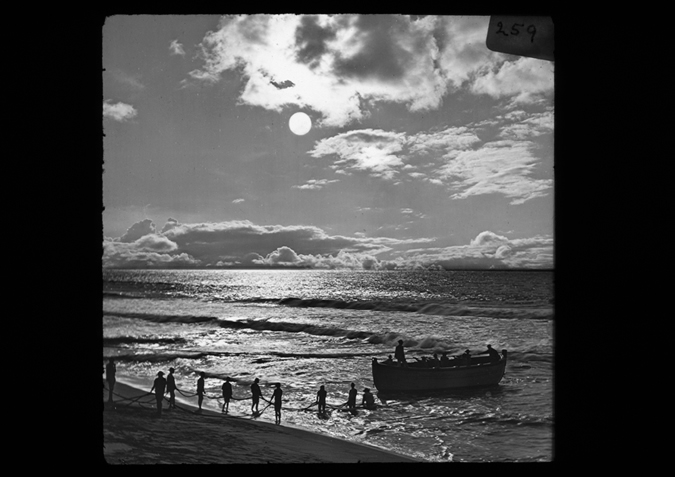
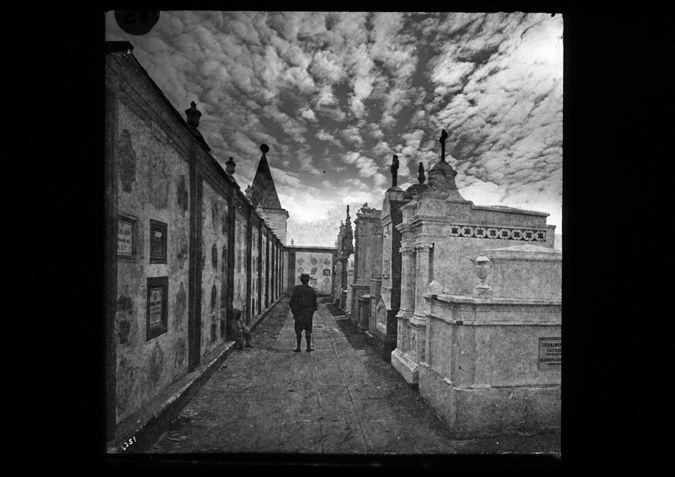
 Introducing Muybridge
Introducing Muybridge Landscape
Landscape The Modern City
The Modern City Transport and Trade
Transport and Trade Foreign Bodies
Foreign Bodies Animal in Motion
Animal in Motion Human Figure in Motion
Human Figure in Motion Zoöpraxography
Zoöpraxography